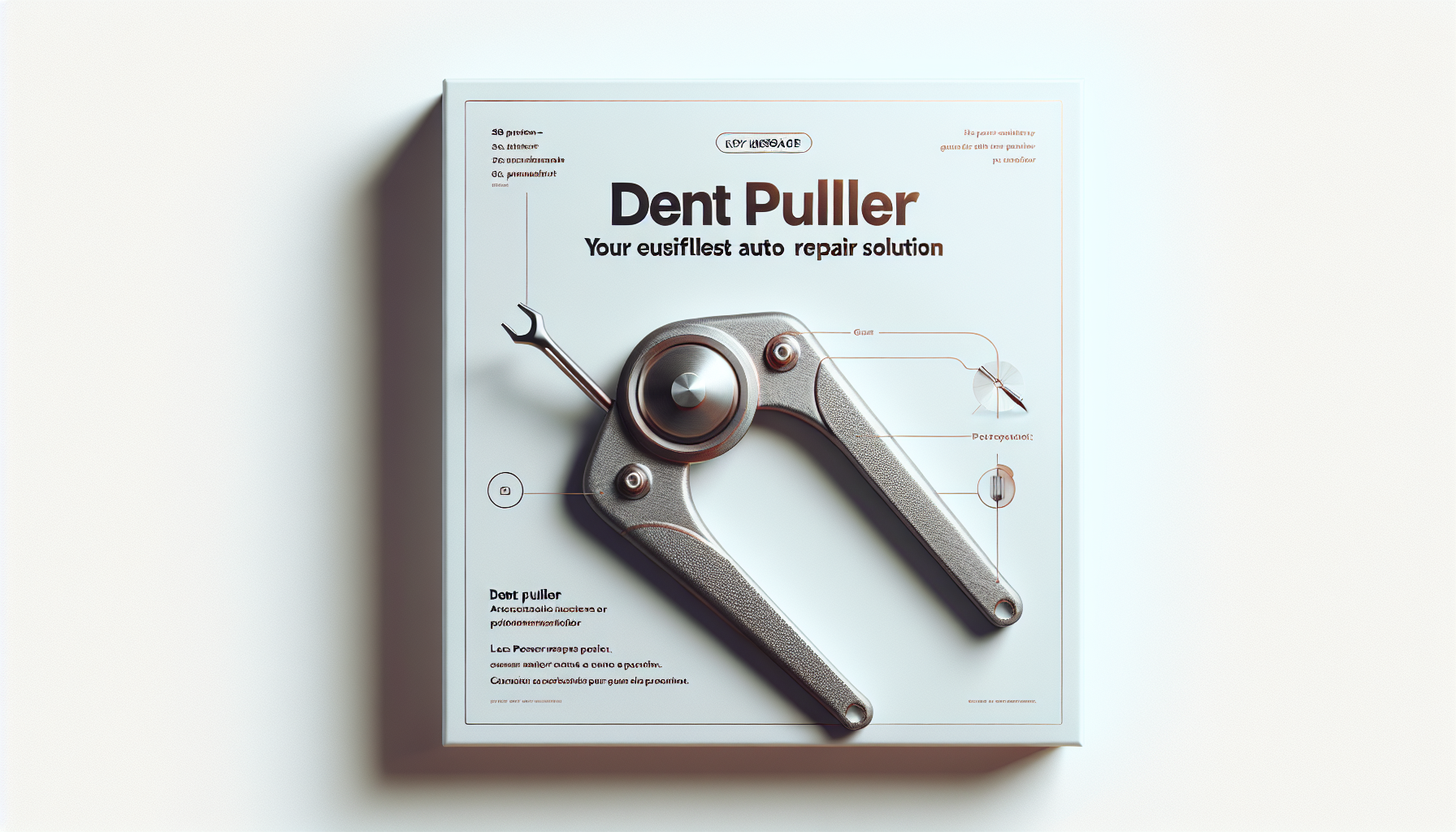Paintless Dent Repair: A Step-by-Step Guide to Fixing Dents Yourself
Dents and dings on your car’s body can be more than just an eyesore – they can also negatively impact your vehicle’s resale value. While traditional dent repair methods can be costly and time-consuming, there’s a simpler solution that allows you to fix these unsightly blemishes yourself: paintless dent repair (PDR).
What is Paintless Dent Repair?
Paintless dent repair is a highly effective technique that uses specialized tools to massage the metal back into its original shape from the inside of the dent. This process doesn’t require any painting or body filler, making it a quick, affordable, and damage-free solution for minor to moderate dents and dings.
The best part? PDR can be done by anyone with the right tools and a bit of patience. In this step-by-step guide, we’ll walk you through the process of repairing a dent using the paintless dent repair method.
Difficulty Level: Moderate
The difficulty of paintless dent repair can vary depending on the size, depth, and location of the dent. For small, shallow dents on flat panel areas, the process is relatively straightforward and can be mastered by DIY enthusiasts. However, dents in more complex areas, such as around the door edges or near body lines, may require more skill and experience to fix properly.
Supplies Needed
Before you get started, make sure you have the following supplies on hand:

– PDR tools (such as knockdown tools, glue puller, and LED light)
– Masking tape
– Microfiber cloths
– Isopropyl alcohol
– Rubber gloves (optional)
You can find a wide selection of high-quality PDR tools on our website, [DentMasterDave.com](https://example.com/pdr-tools). Be sure to choose tools that are well-suited for the size and location of the dent you’re trying to repair.
Step 1: Assess the Dent
The first step in the paintless dent repair process is to carefully inspect the dent and determine the best approach. Look for the following characteristics:
– Size and depth of the dent
– Location on the vehicle (e.g., door, fender, roof)
– Accessibility of the dent from the inside of the panel
These factors will help you select the appropriate PDR tools and techniques for the job.
Step 2: Prepare the Surface
Once you’ve assessed the dent, it’s time to prepare the surface for repair. Start by thoroughly cleaning the area around the dent with isopropyl alcohol and a microfiber cloth. This will remove any dirt, debris, or contaminants that could interfere with the PDR process.
Next, use masking tape to mark the outline of the dent. This will help you keep track of the repair area and ensure you’re targeting the right spot with your tools.
Step 3: Access the Dent
Depending on the location of the dent, you may need to remove interior panels or trim pieces to gain access to the backside of the dent. This is a crucial step, as you’ll be working from the inside of the panel to push the metal back into its original shape.
Be sure to handle any removed components with care to avoid causing further damage. Refer to your vehicle’s service manual for specific instructions on how to safely remove and replace interior panels.
Step 4: Use PDR Tools to Massage the Dent
Now it’s time to start the dent repair process. Begin by using a PDR tool, such as a knockdown tool or glue puller, to gently massage the metal from the backside of the dent. Apply slow, steady pressure and observe the progress of the repair closely, using the LED light to highlight any remaining imperfections.
If the dent is particularly stubborn, you may need to use a combination of different PDR tools to gradually work the metal back into shape. Be patient and take your time, as rushing the process can result in further damage to the panel.
Step 5: Inspect and Refine the Repair
Once you’ve pushed the metal back to its original position, carefully inspect the area for any remaining imperfections. Use the LED light to highlight any high or low spots, and continue working the metal with your PDR tools until the surface is smooth and even.
Remember, the goal of paintless dent repair is to restore the panel to its factory condition, so take the time to ensure the final result is flawless.
Step 6: Clean Up and Reassemble
With the dent successfully repaired, it’s time to clean up and reassemble the vehicle. Remove any masking tape, wipe down the area with a microfiber cloth, and carefully replace any interior panels or trim pieces you had to remove.
Finally, step back and admire your handiwork. You’ve just completed a professional-grade dent repair using the paintless dent repair method!
For a visual demonstration of the paintless dent repair process, check out our [step-by-step video guide](https://example.com/pdr-video).
Remember, while paintless dent repair can be an effective and cost-saving solution for minor to moderate dents, it’s essential to use caution and follow proper safety procedures when working on your vehicle. If you’re unsure about your ability to perform the repair or encounter a dent that’s too severe, it’s always best to consult a professional PDR technician.
With the right tools, a little patience, and a keen eye for detail, you can restore your car’s pristine appearance and maintain its value with DIY paintless dent repair. Happy fixing!




